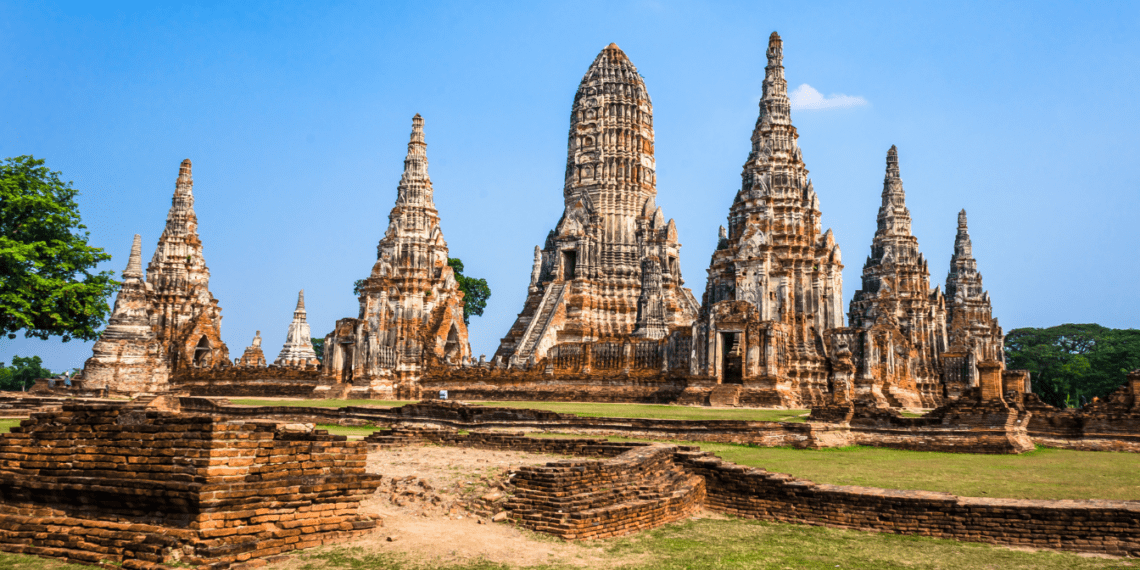Have you ever thought about the most amazing places on Earth? These spots, known as UNESCO World Heritage Sites, are found all over the world. They show off the best of human creativity and nature’s beauty. From the stunning Taj Mahal in India to the stunning Serengeti National Park in Tanzania, they let us see the beauty of our shared heritage.
When I started visiting these UNESCO sites, I felt amazed. Each place has its own story, like the ancient ruins of Machu Picchu in Peru or the famous Great Wall of China. This wall is over 13,000 miles long, crossing mountains and deserts. Efforts to preserve these sites mean we can still marvel at them in the future.
The list of UNESCO World Heritage Sites is long and varied. It includes everything from the biggest religious monument, Angkor Wat in Cambodia, to the unique wildlife of the Galápagos Islands. These places show how diverse our planet is. People from everywhere come to see their beauty and importance for themselves.
Key Takeaways:
- UNESCO World Heritage Sites are recognized for their outstanding universal value
- These global treasures include both cultural and natural wonders
- Sites like the Taj Mahal, Machu Picchu, and the Great Wall of China showcase human creativity
- Natural marvels such as the Serengeti National Park and the Galápagos Islands highlight Earth’s diversity
- Exploring UNESCO heritage sites offers a glimpse into our shared heritage and the world’s incredible marvels
Unveiling the Wonders of UNESCO Heritage Sites

As I start my journey to explore the world’s cultural and natural treasures, I feel awe and wonder. UNESCO Heritage Sites show us the beauty of human history and our planet. They range from famous landmarks to hidden gems, showing our diversity and creativity.
UNESCO’s World Heritage Convention, started in 1972, has 194 countries supporting it. This shows how important it is to protect our heritage for the future.
The UN’s World Heritage sites are for everyone, reminding us to protect these treasures for all.
UNESCO’s work has helped protect sites like Venice. A campaign to save Venice from floods and tourism was a success after 30 years. In 2021, Italy banned big ships from Venice to protect it.
Angkor Wat’s addition to the World Heritage List in 1992 helped Cambodia recover from conflict. Thirty countries worked together to restore it, showing global cooperation in preserving heritage.
| Region | Number of UNESCO World Heritage Sites |
|---|---|
| Europe and North America | 529 |
| Asia and the Pacific | 268 |
| Latin America and the Caribbean | 146 |
| Africa | 98 |
| Arab States | 92 |
UNESCO also recognizes cities as cultural and historical sites. They work with groups from Guatemala, Ethiopia, and Senegal to document these cities. Wiki World Heritage helps train people and support workshops to share knowledge about these cities.
Exploring UNESCO Heritage Sites reminds me of our duty to protect and celebrate these wonders. By visiting responsibly and supporting conservation, we can keep these sites amazing for the future.
Exploring the Criteria for UNESCO World Heritage Site Selection
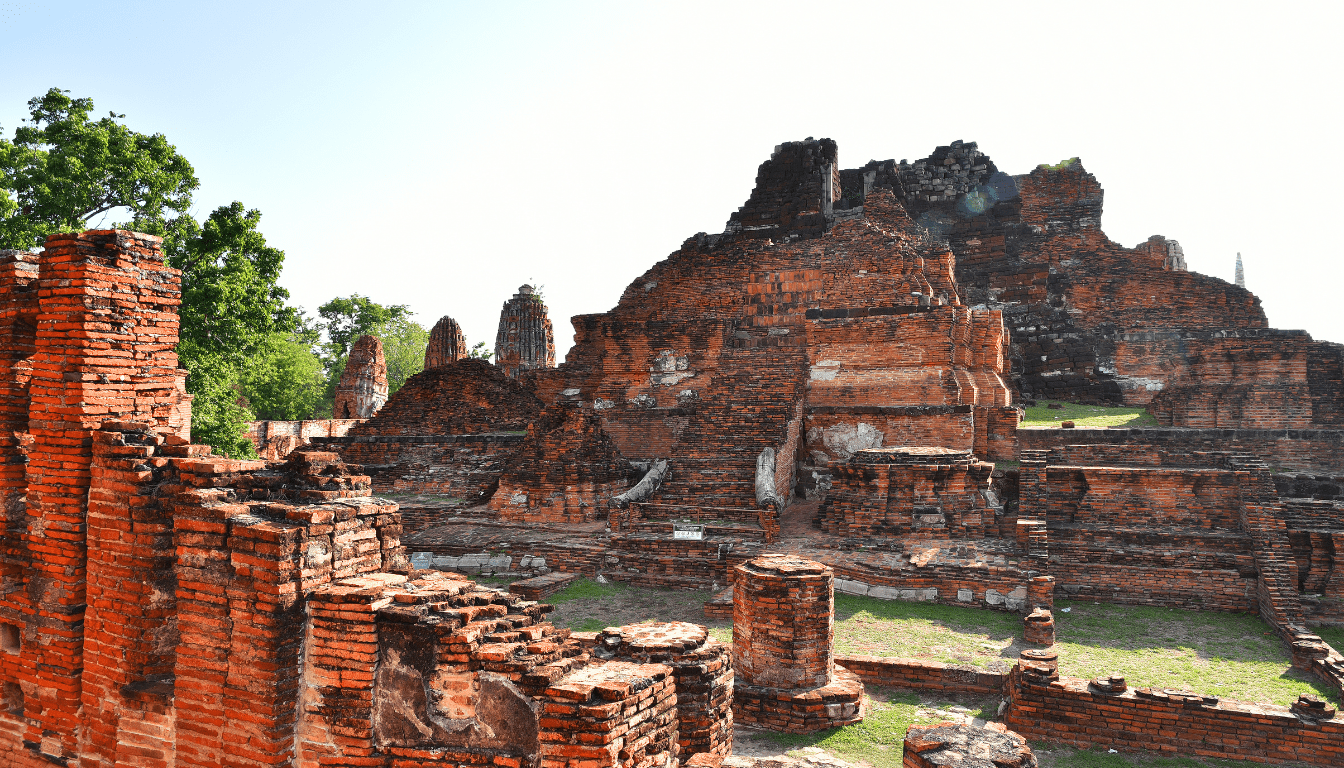
Ever wondered what makes a site get on the UNESCO World Heritage List? The process is tough, making sure only the best sites get recognized. A site must meet at least one of ten selection criteria. These criteria focus on cultural, historical, scientific, or aesthetic significance.
The rules for picking UNESCO World Heritage Sites have changed over time. Before 2004, there were six cultural and four natural criteria. But in 2005, the rules were combined into ten criteria. This change was made clear in 2006 with a new numbering system for the criteria.
Cultural Significance and Outstanding Universal Value
Cultural significance and value are key for a site to be on the World Heritage List. Criteria include human creativity, cultural traditions, and unique stories. Sites that show great cultural importance are more likely to be chosen.
Authenticity and Integrity of Historic Sites
Authenticity and integrity matter a lot for World Heritage Sites. Authenticity means the site is true to its original form. Integrity means it’s whole and unchanged. Sites that keep their original look and feel are highly valued.
| Criteria | Number of Sites |
|---|---|
| Cultural Sites | 952 |
| Natural Sites | 231 |
| Mixed Cultural and Natural Properties | 40 |
As of July 2024, there are 1,223 UNESCO World Heritage Sites in 168 countries. These sites include 952 cultural, 231 natural, and 40 mixed sites. The selection criteria make sure each site has great value and is authentic.
The World Heritage List is not just a collection of beautiful places; it is a testament to the incredible diversity of our planet and the remarkable achievements of human civilization.
UNESCO uses strict criteria to protect our shared heritage for the future. These criteria help find sites that show human creativity, traditions, and the beauty of nature.
Iconic UNESCO Sites: Marvels of Human Creativity
Exploring UNESCO World Heritage Sites, I am amazed by the incredible architecture and ancient civilizations. These sites show off human creativity and skill. They highlight the amazing achievements of cultures worldwide.
The Taj Mahal in Agra, India, is a stunning example of Mughal architecture. It symbolizes eternal love. Emperor Shah Jahan built it for his wife, Mumtaz Mahal.
This site has a perfect design with four minarets and a central dome. The detailed inlay work and carvings show the skill of the artisans.
Machu Picchu sits high in the Andes Mountains of Peru. It was rediscovered in 1911 and has amazed people ever since. This ancient city is a masterpiece of stone masonry.
Its stones fit together perfectly without mortar. The terracing system shows the Incas’ advanced knowledge. Machu Picchu became a UNESCO World Heritage Site in 1983.
Angkor Wat is a huge temple complex in Cambodia. It represents the Hindu cosmic world. Built in the 12th century, it’s the largest religious monument in the world.
The five towers symbolize Mount Meru, the gods’ home. The bas-reliefs show scenes from Hindu epics. Angkor Wat was recognized as a UNESCO World Heritage Site in 1992.
| Iconic UNESCO Site | Location | Year Inscribed |
|---|---|---|
| Taj Mahal | Agra, India | 1983 |
| Machu Picchu | Cusco Region, Peru | 1983 |
| Angkor Wat | Siem Reap, Cambodia | 1992 |
These UNESCO World Heritage Sites show the incredible creativity and architecture of humans. As I visit these places, I see why they are so important. We must keep these treasures for future generations to enjoy.

UNESCO also highlights natural wonders that show off the Earth’s stunning biodiversity and unique geological features. These sites prove the incredible ecosystems that have developed over millions of years. They amaze visitors with their untouched beauty and importance to nature. From remote islands that helped Charles Darwin’s theories to vast plains full of wildlife, these sites let us see the beauty of our planet.
About one in five UNESCO World Heritage Sites are natural wonders, making up 252 sites worldwide. They cover 8% of the protected areas on Earth. These sites protect unique ecosystems and help local economies through sustainable tourism. Over 90% of these natural sites help the local economy.
The Galápagos Islands are off Ecuador’s coast and are a museum of evolution. They are famous for Charles Darwin’s work. The islands have many unique species that have changed to fit their island homes. You can see giant tortoises over 150 years old and different finches that helped Darwin understand evolution.
In Tanzania, the Serengeti National Park is known for its huge animal migration every year. Millions of wildebeest, zebras, and gazelles move across the plains for food. This shows the balance between predators and prey, with lions, cheetahs, and hyenas following the herds.
The park has different ecosystems, like grasslands and savannas, that support a lot of wildlife. This makes it a natural wonder.
The area around the falls has a special ecosystem. It’s home to many plants and animals, making it a natural treasure.
| Site Name | Location | Key Features |
|---|---|---|
| The Galápagos Islands | Ecuador | Endemic species, evolutionary showcase |
| Serengeti National Park | Tanzania | Annual wildlife migration, diverse ecosystems |
| Victoria Falls | Zambia/Zimbabwe | Powerful waterfall, unique rainforest ecosystem |
Many natural UNESCO Heritage Sites are facing big threats, especially climate change. The number of sites at risk has almost doubled since 2014. Efforts like those in Côte d’Ivoire’s Comoé National Park show how international help can protect these sites for the future.
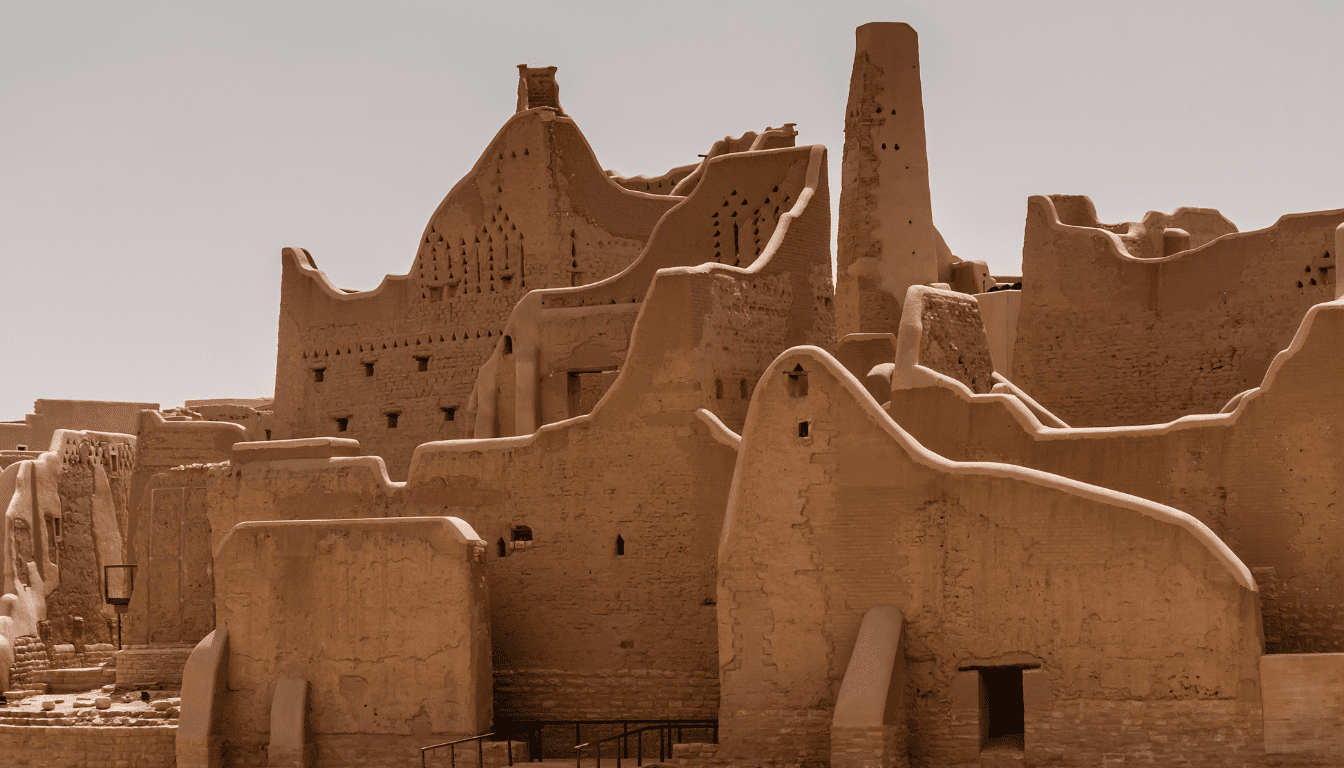
UNESCO doesn’t just focus on monuments and natural wonders. It also works to protect intangible heritage. This includes cultural practices, traditional crafts, and festive events passed down through generations.
In Egypt and Sudan, UNESCO saved the Nubian temples from flooding. The Aswan High Dam threatened these ancient sites. So, a big effort moved and rebuilt the temples. This saved them for people to see in the future.
Today, 193 countries support UNESCO’s work to protect our cultural and natural heritage. The number of World Heritage sites has grown to 1,073. By exploring these sites, we learn about the creativity and skills of people around the world.
| Category | Number of Sites |
|---|---|
| Cultural | 832 |
| Natural | 206 |
| Mixed | 35 |
But, protecting our heritage is an ongoing task. The List of World Heritage in Danger shows the risks from urban growth, war, and natural disasters. We all must work together to keep these sites safe for everyone.
“Our cultural and natural heritage are both irreplaceable sources of life and inspiration.” – UNESCO
When we visit UNESCO Heritage Sites, let’s remember the intangible heritage too. Things like flamenco music in Spain and traditional crafts show our shared cultural identity. By celebrating these traditions, we keep our heritage alive for future generations.
Lesser-Known UNESCO Gems: Hidden Wonders Await

Some UNESCO World Heritage Sites are well-known, like the Taj Mahal or the Great Wall of China. But there are many hidden gems waiting to be found. These sites offer a peek into the world’s diverse heritage and cultural discoveries.
The Haeinsa Temple in South Korea is a hidden wonder. It has over 80,000 wooden blocks with the complete Buddhist scriptures. This collection, known as the Tripitaka Koreana, has been kept for centuries. It shows the spiritual and cultural traditions of the area.
The Haeinsa Temple is in the mountains of South Korea. It’s a UNESCO site with the Tripitaka Koreana, the world’s most complete Buddhist texts. The printing blocks from the 13th century show the monks’ skill and dedication. Visiting feels humbling, standing in front of centuries of spiritual wisdom.
The Belfries of Belgium and France are another hidden UNESCO gem. They are towers that show the architectural and cultural importance of these structures. These belfries, some over 1,000 years old, have seen generations. Climbing them gives breathtaking views and connects you to history.
| UNESCO Site | Location | Inscription Year |
|---|---|---|
| Upper Svaneti | Georgia | 1996 |
| Torre de Hercules | Spain | 2007 |
| Nessebar Town | Bulgaria | 1983 |
| Mtskheta | Georgia | 1994 |
| Historic Centre of Porto | Portugal | 1996 |
These are just a few of the many hidden UNESCO gems. From the tallest Buddha in China at Mount Emei to the only tropical rainforest island in the eastern Pacific at Cocos Island National Park in Costa Rica, each site is unique. They offer unforgettable experiences.
So, when planning your next trip, think about exploring these lesser-known UNESCO treasures. You might find yourself in the presence of something truly amazing.
UNESCO World Heritage in Danger: Sites Under Threat

Many UNESCO World Heritage Sites are facing big threats that put their heritage at risk. These sites deal with issues like armed conflict, natural disasters, and rapid urban growth. The UNESCO List of World Heritage in Danger highlights these sites, showing the need for urgent action and support.
As of April 2024, 56 sites are on the List of World Heritage in Danger. These include 40 cultural sites and 16 natural sites. The Arab States have the most endangered sites at 23, followed by Africa with 14. Latin America, Asia, Europe, and North America each have fewer sites facing threats.
| Region | Number of Endangered Sites |
|---|---|
| Arab States | 23 |
| Africa | 14 |
| Latin America and the Caribbean | 6 |
| Asia and the Pacific | 6 |
| Europe and North America | 7 |
These sites face many threats, from armed conflict in places like Afghanistan to climate change in the Everglades National Park. Neglect, pollution, over-tourism, and rapid development also pose big challenges.
“The inscription of a site on the List of World Heritage in Danger is not a sanction, but a way to focus the world’s attention and to catalyze conservation action.”
Examples of sites in danger include Jerusalem, added in 1982 for monument deterioration and archaeological harm. Virunga National Park in the Democratic Republic of the Congo was inscribed in 1994 after the Rwandan genocide. The Historic Centre of Vienna was added in 2017 due to high-rise construction impacts.
UNESCO aims to raise awareness and get international support for these endangered sites. The World Heritage Committee watches over the sites, working with the State Parties to create preservation plans. Sites like the Galápagos Islands and Yellowstone National Park have been removed from the danger list thanks to conservation efforts.
The UNESCO World Heritage in Danger list is a key tool for action. It helps protect our most valuable cultural and natural sites for future generations. With international cooperation and focused efforts, we can save these exceptional sites.
The Role of UNESCO in Safeguarding World Heritage
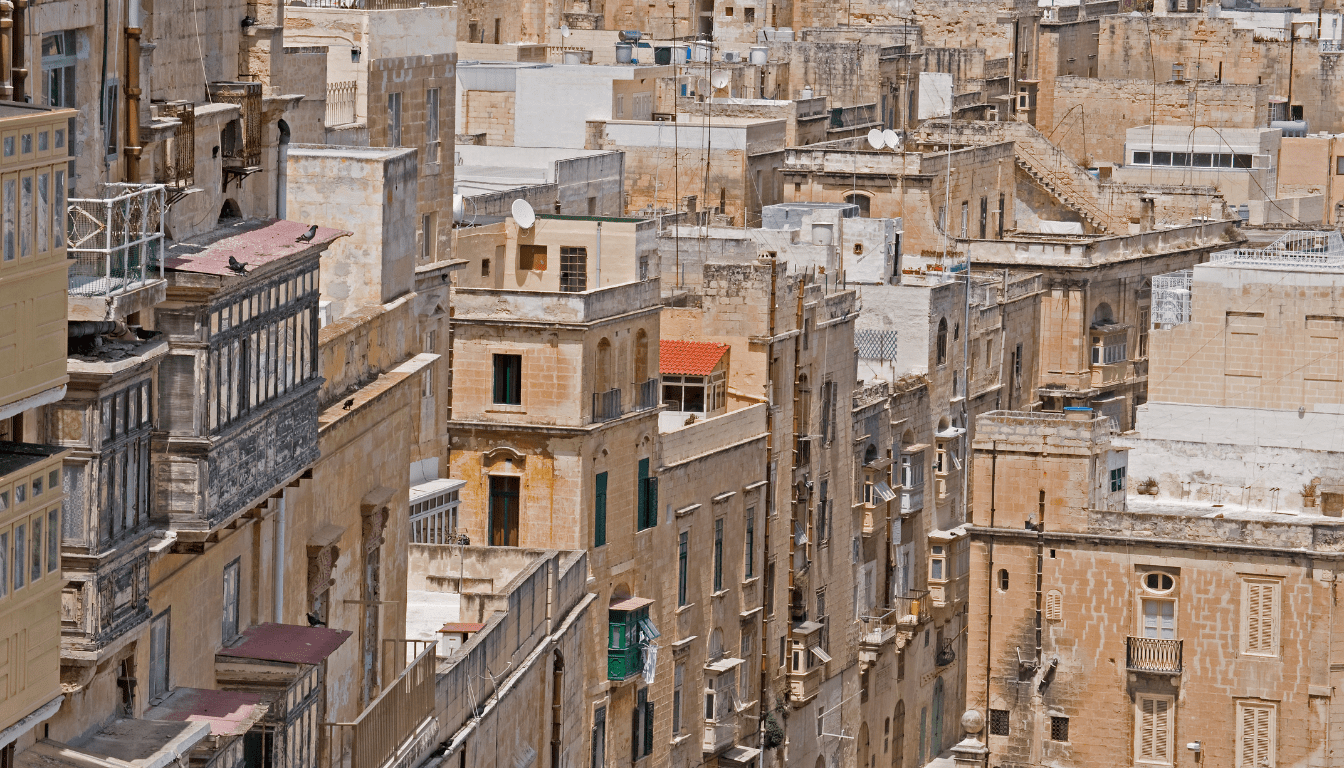
UNESCO is the key protector of our cultural and natural heritage. It works hard to keep World Heritage Sites safe for the future. UNESCO makes sure these treasures stay with us, showing off our ancestors’ creativity and nature’s beauty.
International Cooperation and Conservation Efforts
UNESCO leads the fight to save our world’s heritage by working with countries. It brings nations together to protect these sites from harm. UNESCO’s efforts include:
- Launching a web-based international observatory to monitor the situation of cultural heritage in Syria, where over three years of conflict have resulted in significant damage to heritage sites.
- Conducting specialized training sessions in Libya for police and customs officers to prevent the looting and illegal trafficking of cultural properties, which pose a substantial threat during conflicts.
- Organizing an Emergency Experts’ meeting in Iraq to safeguard the country’s cultural heritage amidst ongoing turmoil.
UNESCO fights to keep cultural heritage safe by pushing for international standards. It helps protect heritage even when times are tough.
Empowering Local Communities in Heritage Preservation
UNESCO knows that local communities and their knowledge are key to saving World Heritage Sites. By giving them a say in protecting their heritage, UNESCO makes sure conservation works well and respects local culture. UNESCO’s efforts include:
| Initiative | Description | Impact |
|---|---|---|
| Abu Simbel Campaign | Global campaign to save the Abu Simbel temples in Egypt, with over 50 countries helping raise $80 million | Showed how the world can come together to protect cultural treasures |
| World Heritage Fund | Every year, gives about $4 million to help countries protect and promote World Heritage sites | Helps with conservation projects and can boost local economies through tourism |
| Integration of Culture | Makes culture a key part of humanitarian and recovery work | Helps communities heal and find common ground after conflicts |
UNESCO’s work shows its dedication to helping local communities protect World Heritage Sites. It’s a team effort that benefits everyone involved.
The protection of cultural heritage is essential for citizens to regain a sense of shared purpose and common identity after conflicts.
As threats to our heritage grow, UNESCO’s role in protecting it is more important than ever. UNESCO works with the world, leads conservation efforts, and supports local communities. This way, our shared heritage keeps inspiring and uniting us for years to come.
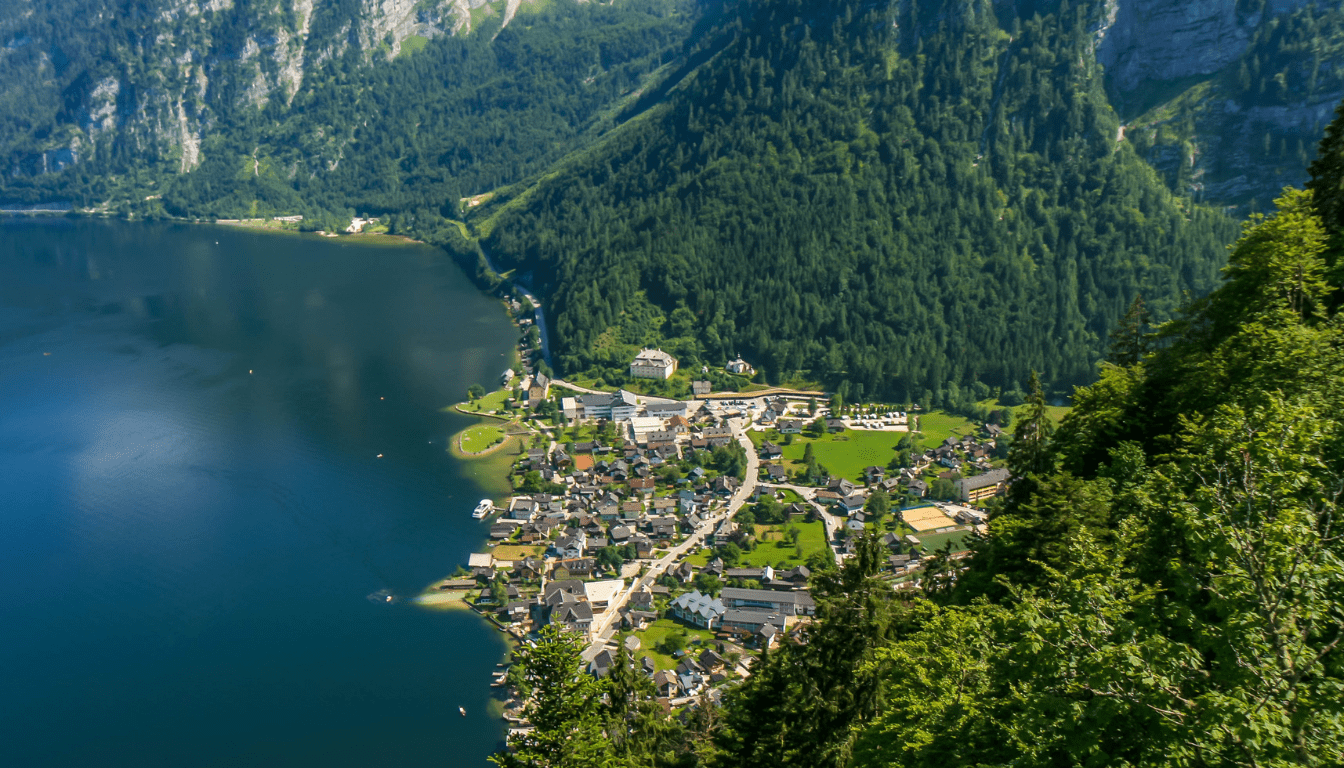
I believe we must find a balance between giving visitors great experiences and protecting UNESCO World Heritage Sites. These places show human creativity and Earth’s beauty. They’re getting more visitors, which can help local economies but also challenges us in managing visitors and keeping sites safe.
UNESCO leads in promoting sustainable tourism. It encourages responsible travel and green practices. This helps lessen the harm from tourism and boosts local economies and cultural heritage. Site managers are key in making these places sustainable for the future.
Balancing Visitor Experience and Site Protection
UNESCO Heritage Sites face the challenge of balancing visitor experiences with site protection. Too many visitors can cause overcrowding, pollution, and harm to nature. Site managers must plan carefully to manage visitors well.
“Sustainable tourism is not a niche product. It should be at the heart of the tourism sector, ensuring its long-term sustainability and promoting its contribution to the development of host communities and the preservation of cultural and natural heritage.” – Zurab Pololikashvili, UNWTO Secretary-General
Strategies like timed entry, guided tours, and special paths help spread visitors out and protect sensitive areas. Teaching visitors about responsible tourism helps build a sustainable culture.
Eco-Friendly Practices and Responsible Travel
Using eco-friendly practices and promoting responsible travel is key at UNESCO Heritage Sites. This includes:
- Using renewable energy and efficient tech
- Reducing waste and recycling
- Encouraging public transport and low-impact travel
- Supporting local businesses for economic benefits
- Getting local communities involved in tourism planning
By adopting these practices, UNESCO Heritage Sites can lead in sustainable tourism. They show it’s possible to meet visitor needs without harming these precious sites.
| UNESCO Heritage Site | Sustainable Tourism Initiative | Impact |
|---|---|---|
| Amsterdam Canal Ring | Electric boat tours | Reduced pollution and noise |
| Mount Fuji, Japan | Visitor quotas and designated paths | Minimized environmental impact |
| Tequila, Mexico | Community-based tourism projects | Increased local economic benefits |
| Mount Kenya National Park | Eco-lodges and guided hikes | Promoted conservation and education |
Looking ahead, sustainable tourism is crucial for keeping UNESCO Heritage Sites safe for the future. By working together and choosing responsible travel, we can keep these amazing places inspiring and enriching. They will continue to drive sustainable development and cultural understanding worldwide.
Virtual Tours: Exploring UNESCO Sites from Home
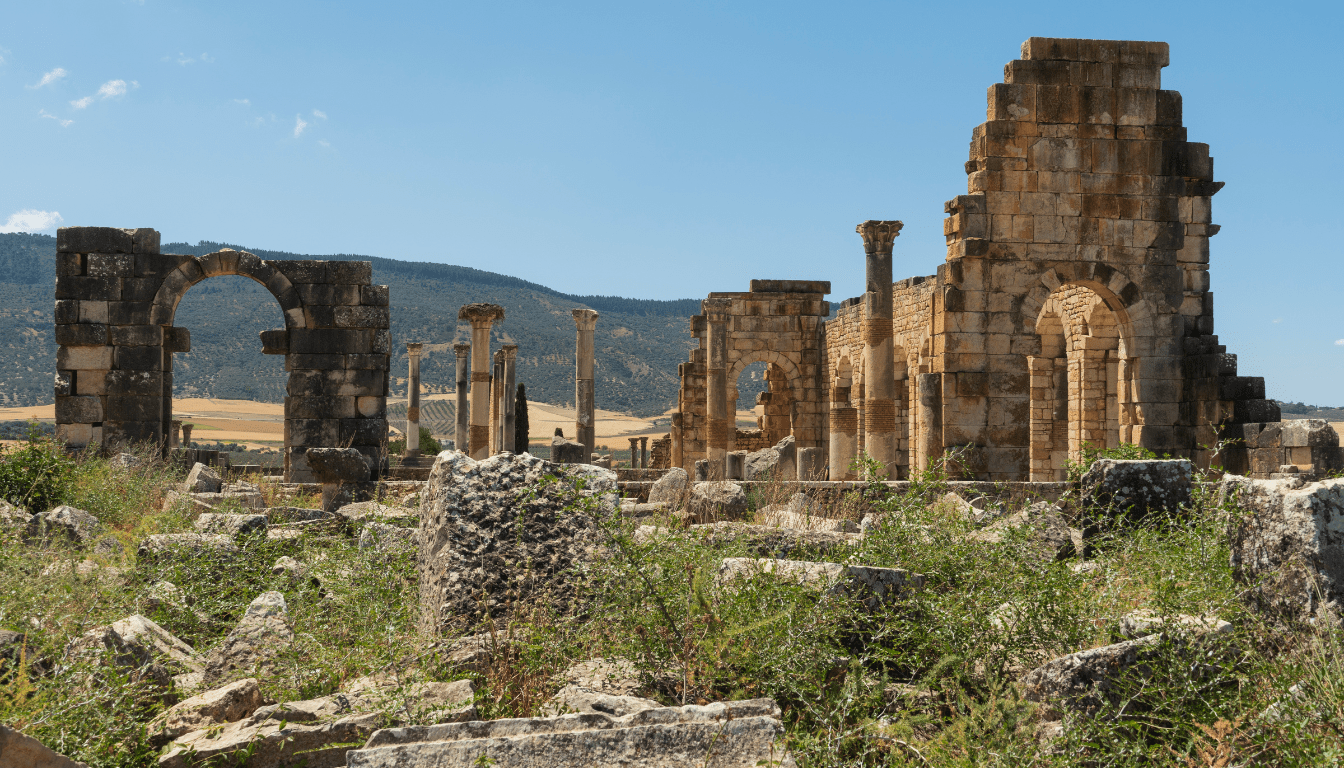
Today, virtual tourism lets us explore UNESCO World Heritage Sites from home. We can use online tools for remote exploration to visit amazing places. This way, we can start digital heritage journeys without leaving our homes.
Imagine walking through the Château de Versailles in France, a UNESCO Site for 30 years. Or, picture yourself at the Taj Mahal in India, built from 1631 to 1648. Now, these places are just a click away with virtual tours.
Thanks to technology, we can see the Great Pyramid of Giza in Egypt or the Great Wall of China. These sites are huge and hard to visit in person. But with virtual tours, we can see their beauty from home.
“Virtual tours have changed how we see UNESCO World Heritage Sites. Now, I can explore Machu Picchu from my living room.”
Online experiences let us visit sites that are hard to get to or closed for a while. For example, I can see the Zhangjiajie Glass Bridge in China without going there. This bridge is one of the longest and highest glass bridges in the world.
| UNESCO World Heritage Site | Location | Virtual Tour Highlights |
|---|---|---|
| Angkor Wat | Cambodia | See the largest religious monument in the world, built in the early 12th century, known for its classical Khmer architecture. |
| Sydney Opera House | Australia | Take a virtual tour of this iconic building, designed by Jørn Utzon, which has been a UNESCO World Heritage site since 2007. |
| Old Québec City | Canada | Discover the charm of this historic city, founded in 1608 and designated a UNESCO site in 1995, through a virtual walking tour. |
Virtual tourism is changing how we see the world’s cultural and natural treasures. It gives us access to UNESCO World Heritage Sites from home. Let’s start these online experiences and discover the wonders of these sites from our homes.
UNESCO Intangible Cultural Heritage: Celebrating Living Traditions

UNESCO World Heritage Sites are amazing, but there’s more to explore. Intangible cultural heritage is just as fascinating. It includes traditions passed down through generations, like oral stories, dances, and crafts. UNESCO helps keep these traditions alive, showing the beauty of human creativity and diversity.
By April 2023, 676 elements from 140 countries were listed as UNESCO Intangible Cultural Heritage. These traditions show the creativity and skills of communities worldwide. They help both small and large groups keep their identity and traditions alive.
The Art of Flamenco: A Passionate Dance of Spain
Flamenco is a great example of intangible cultural heritage. It’s a dance from Spain’s Andalusia region. With its soulful music and intricate dance, flamenco shows the heart of Spanish culture. Its unique rhythms and movements have won fans worldwide.
The Gastronomic Meal of the French: A Culinary Masterpiece
The French gastronomic meal is another example of intangible heritage. It’s all about enjoying a meal with others. The meal starts with an apéritif and goes through several courses, each with its wine. It’s not just about the food but also about sharing and enjoying life.
| UNESCO Intangible Cultural Heritage Lists | Number of Elements |
|---|---|
| Representative List of the Intangible Cultural Heritage of Humanity | 25 |
| List of Intangible Cultural Heritage in Need of Urgent Safeguarding | 35 |
| Register of Good Safekeeping Practices | 616 |
| Total | 676 |
UNESCO highlights many cultural traditions, like the Schemenlaufen carnival in Austria and blacksmithing in Armenia. These traditions are kept alive by communities. UNESCO helps preserve them for the future, keeping our world rich and diverse.
The Future of UNESCO Heritage Sites
Looking ahead, we must keep up the good work of saving UNESCO World Heritage Sites. These sites help us understand each other better, celebrate our achievements, and protect nature’s beauty. With over 1,100 sites listed, they show the wide range of our shared heritage. Yet, more than 50 of these sites are in danger, showing we need to keep working hard to save them.
For a bright future, we need to work together worldwide. The World Heritage Committee and groups like ICOMOS, IUCN, and ICCROM must keep teaming up. They help pick, protect, and save sites that are truly special. UNESCO’s efforts, like the Global Strategy and projects for historic cities, show its dedication to preserving our heritage.
Sustainable development is key to protecting these sites for the future. UNESCO has focused on climate change since 2005. It’s working on strategies to deal with climate change’s effects on these sites. By using green practices, involving local communities, and promoting eco-friendly tourism, we can keep these sites inspiring and safe.
Let’s stay committed to saving these amazing places. With global cooperation, new ideas, and a sense of responsibility, we can keep UNESCO World Heritage Sites as wonders that bring us together. We can protect these symbols of human creativity and the stunning beauty of our planet.
FAQ
What are UNESCO World Heritage Sites?
UNESCO World Heritage Sites are places of great value to all people. They are recognized by the United Nations Educational, Scientific, and Cultural Organization (UNESCO). These sites include ancient buildings, natural wonders, and cultural areas that are very important to us all.
How are UNESCO World Heritage Sites selected?
Sites must meet certain criteria to be on the UNESCO World Heritage List. These criteria focus on their cultural, historical, scientific, or aesthetic value. This ensures only the most remarkable sites are recognized as part of our global heritage.
What are some famous UNESCO World Heritage Sites?
Famous UNESCO World Heritage Sites include the Taj Mahal in India, Machu Picchu in Peru, and Angkor Wat in Cambodia. Other sites are the Galápagos Islands in Ecuador, Serengeti National Park in Tanzania, and Victoria Falls on the Zambia-Zimbabwe border.
Does UNESCO recognize intangible cultural heritage?
Yes, UNESCO also honors intangible cultural heritage. This includes things like oral traditions, performing arts, and traditional crafts. By protecting these, UNESCO helps keep our cultural traditions alive for future generations.
What threats do UNESCO World Heritage Sites face?
UNESCO World Heritage Sites face threats like war, natural disasters, and rapid development. Climate change is also a big threat. The UNESCO List of World Heritage in Danger highlights these issues and seeks international support for conservation.
How does UNESCO protect World Heritage Sites?
UNESCO is key in protecting World Heritage Sites through international cooperation and conservation. It encourages nations to work together and supports local communities in preserving our shared heritage.
What is sustainable tourism at UNESCO World Heritage Sites?
Sustainable tourism at UNESCO World Heritage Sites aims to balance visitor experiences with site protection. UNESCO promotes eco-friendly travel and encourages visitors to reduce their impact. This helps support local communities too.
Can I explore UNESCO World Heritage Sites virtually?
Yes, thanks to technology, you can explore UNESCO World Heritage Sites online. You can enjoy virtual tours, 360-degree views, and immersive digital experiences from home.
What role do local communities play in preserving UNESCO World Heritage Sites?
Local communities are crucial in protecting UNESCO World Heritage Sites. UNESCO believes that the active involvement and traditional knowledge of indigenous peoples are key to managing these sites sustainably.
How can I contribute to the preservation of UNESCO World Heritage Sites?
You can help by practicing responsible tourism, supporting conservation efforts, and spreading the word about these sites. Together, we can ensure they are preserved for future generations.





















